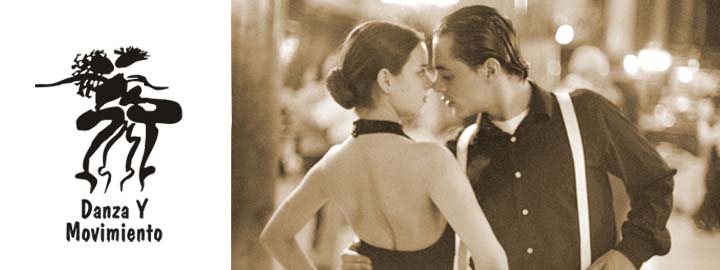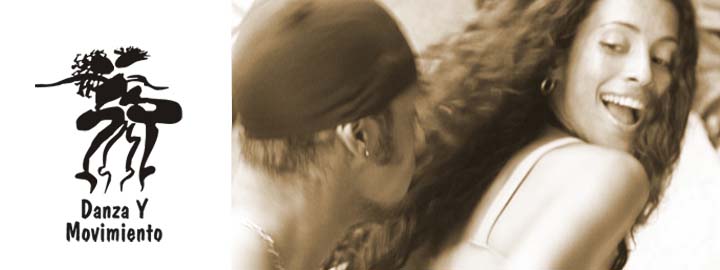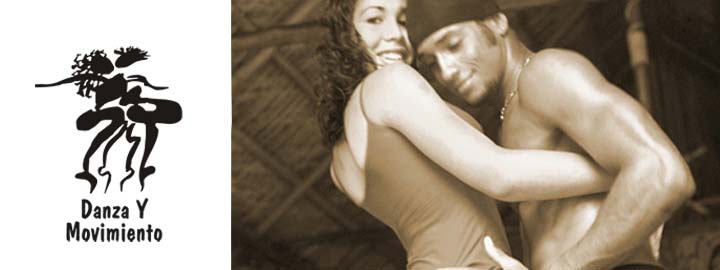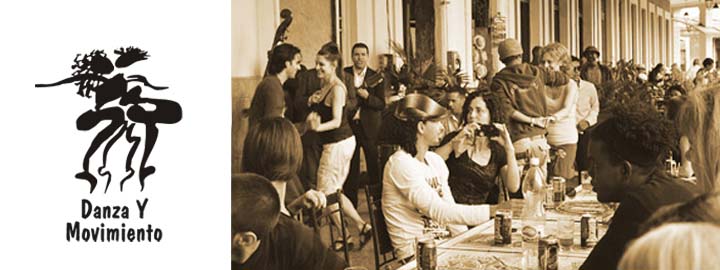Brazil is a land of music. It owes the abundance of musical forms of expression to the synthesis of European, African and indigenous traditions.The interaction between indigenous reed pipes, African percussion instruments and Portuguese violas (the viola is similar to the guitar and it is equipped with 10-12 strings), the combination of Portuguese song culture and the rhythm of the African slaves created a music full of an exceptional diversity and beauty, like the classical compositions of Villa-Lobos, the soft sounds of the Bossa Nova or the sultry Samba.
Carlos Gomes (1836-1896), a composer born in the federal state of São Paulo, became a talking point towards the end of the 19th century because of his operas in the contemporary Italian style. He became famous with the opus "Il Guarany", which had developed from the novel of the same name by José de Alencar.
A new musical style arose at the beginning of the 1920s of the 20th century.
-> Read more...
Under the leadership of Heitor Villa-Lobos (1887-1959), the Brazilian avant-garde melted avant-garde forms of expression imported from Europe with themes and rhythms of the Brazilian "Música Popular" into their symphonic works, and they integrated folk instruments into the classical orchestra.
The Música Popular Brasileira (generic term for the folklore and popular varieties of Brazilian music) stand out due to the diversity of sounds and the variety of forms. The music, already at an early stage - combined traditional European instruments - guitar, piano and flute - with a lot of different rhythmic instruments, such as triangle, rattle, drum, tambourine and Cuíca. (Cuícas are friction drums - similar to the German Rummelpott -, small kegs with a skin membrane and a wooden stick in the centre. They create the typical squeaky sound, similar to a donkey).
The popular music of Brazil was also broadcasted on the radio from the 1930s on, and it was more and more enjoyed by every level of society. Noel Rosa (1910-1937), Lamartine Babo (1904-1963) and Ary Barroso (1903-1963) rank among the most famous composers of that time. Carmen Miranda (1909-1955), the most significant singer of Barroso‚s music, gained international fame with her performances in a number of Hollywood movies.
One of the first international Bossa Nova successes in the Mid 1960s was "The Girl from Ipanema" (A Garota de Ipanema), which was characterised by the lyrial intensity and the rich melodiousness. This song created the worldwide interest in Brazilian music and it made the poet and text writer Vinicius de Moraes (1913-1980), and above all the composer Tom Jobim (1927-1994), whose musical career was influenced by Hans-Joachim Koellreutter, famous at one go. In 1998, Bossa Nova could celebrate its 40th birthday.
Influenced by the impression of the military dictatorship, the urban guerrillas and protest movements. the tropicalists of the late 1960s introduced critically realistic elements into the Brazilian light music and they gave new impulse to the music by mingling the endemic rhythms with the latest developments of international pop music (Rock n Roll, Beatles, Jimi Hendrix and others). Caetano Veloso, Gilberto Gil and Gal Costa, above all, represented the Som Livre, Som Universal (the free, universal ≥Sound") of the tropicalism and they created an innovative music - lyrical, intelligent, with quick, variable Tempi and denser rhythms than the Bossa Nova.
The various regions of Brazil developed quite different forms of music. The Forró, which combines accordion, flute, guitar and percussion instruments in a folk dance that is accompanied by stamping one‚s foot, is very popular in the northeastern part of the country (Forró is also the name for the rural dance event in the Brazilian northeast). The Frevo with the syncopated-accentuated rhythm is also from the northeast and it demands a good physical control because of the high splits jumps. The Chorinho, a tender instrumental music played by the flat guitar (Cavaquinho), flutes, percussion instruments of all sorts and sizes, sometimes intensified by a clarinette or saxophone, is quite common in Rio as well as the internationally very successful Lambada. The Lambada when danced is sensual and fast.
The Samba, however, with the seductive rhythms is the most typical Brazilian music. The exact origin is unknown. Some believe that Samba was born in the streets of Rio caused by the melting of three cultural elements - the Portuguese chant at court with African rhythms and fast indigenous dances. Others trace the origin to the Afro-Brazilian Batuque, which is only played by percussion instruments.
The popular Brazilian music keeps lookin for new rhythms and melodies. Since it found the link to the international music business, Brazilian composers and singers compete more and more for the favour of the international music audience. Amongst the most well-known representatives of the Brazilian are Maria Bethânia, Alcione, Roberto Carlos, Cazuza, Ney Matogrosso, Rita Lee, Milton Nascimento, Hermeto Pascoal, Fafá de Belém, Chitãozinho and Chororó, Elba Ramalho, Alceu Valença, Luiz Gonzaga, Luiz Gonzaga Jr., João Bosco, Djavan, Ivan Lins, Marisa Monte and Elis Regina.
By courtesy of the Brazilian Embassy in Berlin. This text is published on their homepage http://www.brasilianische-botschaft.de. Translation: Tanja Darvish, Danza y Movimiento





